As he makes political ads, Heath Garrett may realize a race, like many statewide ones in Georgia, will come down to college-educated, persuadable, politically moderate women living somewhere in the Atlanta suburbs.
How will he reach them? The answer used to be simple: television, the big gun in the political ad arsenal. Put your ads there, augment it with drive-time radio, throw in some flyers, yard signs, and door-knocking, and voila, you’ve reached people.
Where Are the Eyeballs?
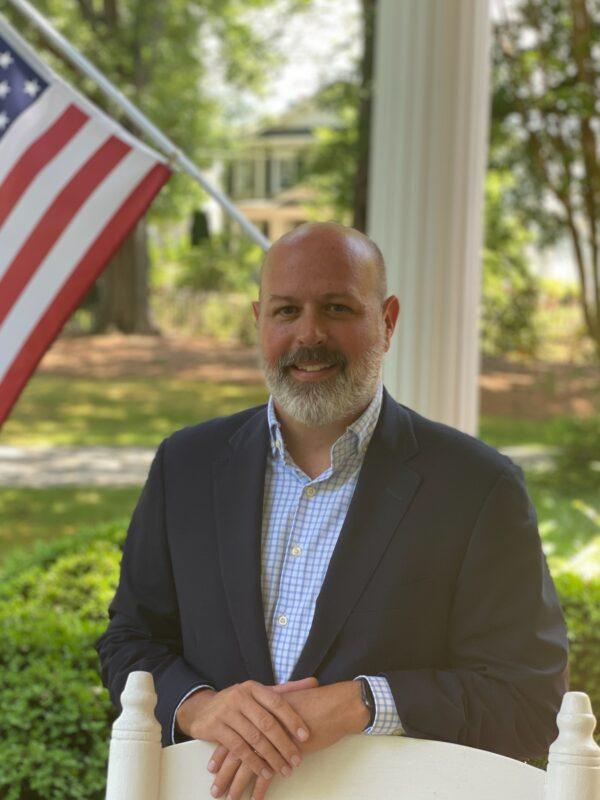
“Those over the age of 50, we can find on broadcast or cable television,” said Garrett, a partner in Strategic Partners & Media. “Under the age of 50, we have to literally identify each household. What programming they’re watching on Hulu, YouTube, or through Facebook and Google searches. There’s a good chance they‘ll never see an ad on the 6 o’clock news or primetime TV show.”
Robert Aho, a partner in the Pittsburgh-based BrabenderCox advertising firm, agrees and takes it further.
“That 65-year-old woman, you can reach her on cable news and broadcast TV primetime news,” Aho said. “But she’s got a device in her hand most evenings, so there’s a good chance I can reach her on Facebook or other social media. Well, probably Facebook at her age. I might be able to get to her on Hulu or Roku if she’s cut the cord (by canceling cable television). But if she’s 65 and female, I’m thinking of linear TV (that’s watched through major channels on a standard television) and a little social media.
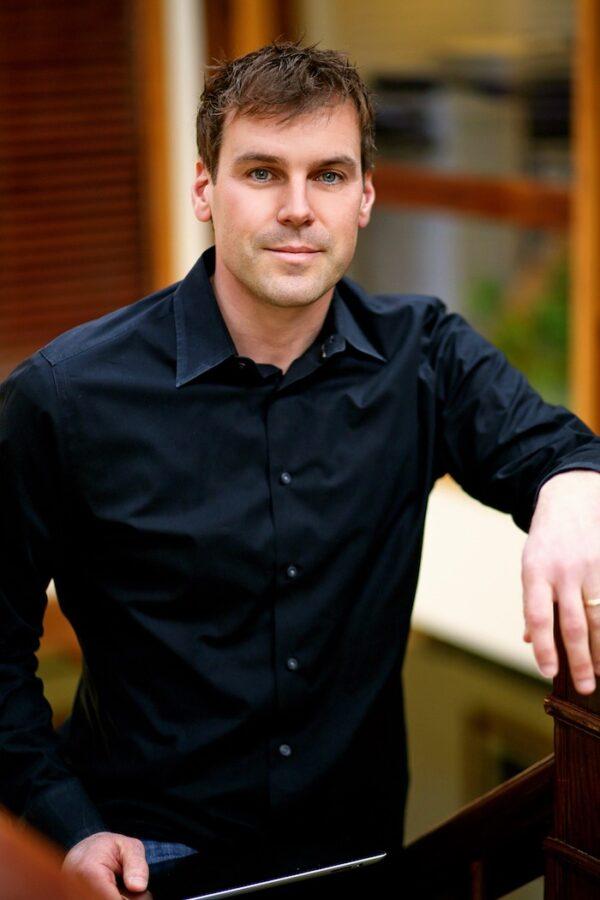
“The 35-year-old woman, I’m going to reach her on connected TV—Netflix, streaming, Hulu, Roku. At her age, they’re not subscribing to the cable company like they used to. I’m reaching her through streaming services, through a lot of mobile advertising. That means mobile videos delivered to her while watching YouTube or Instagram.
Explosion of Platforms
How to get a candidate’s message out to the voters is growing ever more sophisticated, and how to do it affects how political campaigns will spend a tidal wave of money.AdImpact, a firm that analyzes advertising data, predicts that $9.7 billion will be spent on political advertising in 2022. That’s not only a record for midterm elections; it exceeds the $9 billion spent on the 2020 elections, which included a presidential race. And it’s almost four times what it was as recently as 2016—$2.57 billion.
The marketplace has developed rapidly in less than two decades.
The 2004 election saw the Howard Dean campaign pioneer the use of texting to reach people on their phones. In 2012, social media such as Twitter and Facebook emerged. Now, it’s streaming television and other digital media, like any webpage you might look at or app you use on your smartphone.
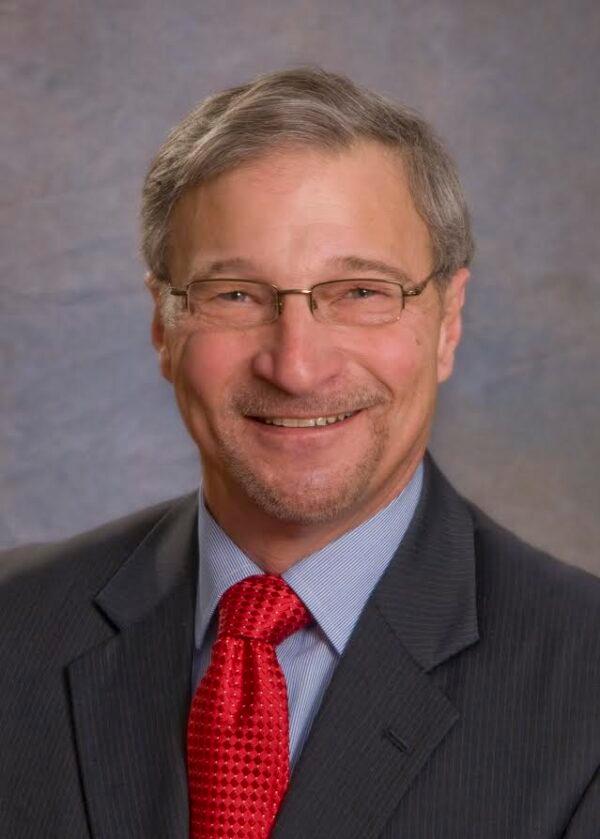
Smart politicians must constantly adapt and upgrade what tools they use, said Carl Calabrese, a retired Buffalo-area political consultant, political science professor, and Republican elected official.
They also must figure out what it will take to get them to the 50 percent plus one they need to get elected. Republicans, despite appealing more to older voters, can’t afford to neglect new media reaching the younger ones, Calabrese said, because this or that group of young voters might represent a piece of a candidate’s winning coalition.
Serious questions will probably be asked as costs skyrocket by those who don’t get the desired results. Like, is this worth it?
“We’ve seen tens of millions of dollars spent this year in Georgia without significant movement in the polls,” said Brian Robinson. He was former Georgia Gov. Nathan Deal’s communications director and now heads Robinson Republic, a political consulting firm.
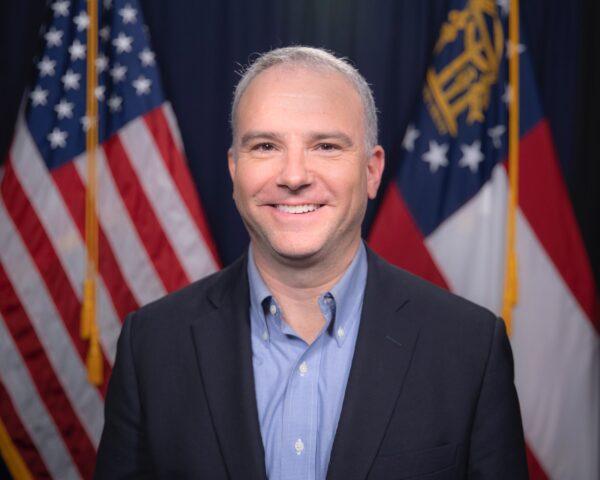
“We have stasis even though the Democrats vastly outspent the Republicans. They have a huge fundraising advantage, but so far, little to show for it.”
Stacey Abrams had raised $18.5 million by June 30 in her race to displace Brian Kemp from the Georgia governor’s mansion—three times what he had raised. She hasn’t been able to gain on him in the polls, with Kemp’s lead averaging 6.6 percent, beyond the margin of error, over the past month, according to Real Clear Politics.
Democrat Raphael Warnock, trying this year to hold the seat he won in the bitterly contested 2020 Georgia election and runoff, had raised $85 million—more money than any other Senatorial candidate in the country and four times what Herschel Walker had raised by June 30. His race is rated a toss-up by Real Clear Politics.
Whether these races’ election strategies will be borne out will be determined on Nov. 8.
“If you outspend your opponent and lose, there are lessons for the rest of the country,” Robinson said.
Aho thinks the astronomical money spent on recent Georgia elections is an anomaly and not typical of elections nowadays. The November 2020 general election and January 2021 runoff that Warnock and Jon Ossoff each won, defeating Republican incumbents David Perdue and Kelly Loeffler, cost almost a half billion dollars. They had national attention because the results determined control of the U.S. Senate.
“The stakes were so high for both sides, and the consequences of losing were so high, massive amounts were spent on both sides,” Aho said.
Television Still King
Television has long cost the most. For a long time, it was the best way to reach the most people. The decline of its reach, though, doesn’t mean—not yet anyway—that campaigns can save money by not doing it. For one thing, older people still watch it, and older people vote.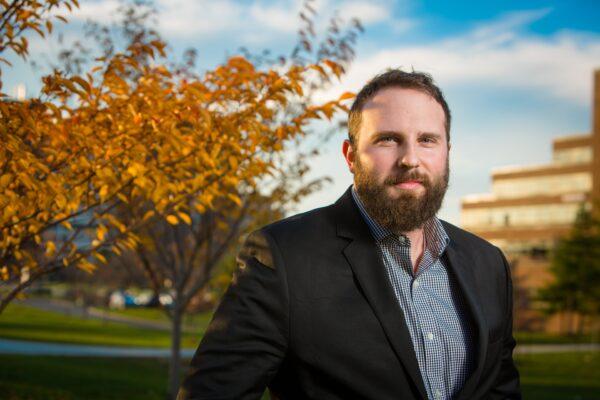
“A serious campaign has to be on the airwaves,” said Jacob Neiheisel, a political science professor at the University at Buffalo. “I’m increasingly convinced it brings legitimacy to a campaign. If you see a TV ad, even if you see it online, the fact that the campaign produced an ad shows they have money and serious people working for them. They’re viable.”
“Broadcast TV has become more and more complicated, but it’s still the single most dominant and prominent way to reach the electorate in a short period of time,” Aho said.
“All the things you used to do, you still have to do, and you have to do the new things,” said Fred Hicks, a Democratic strategist in Atlanta. “You still need to be on TV, but with more TV networks, cable, hundreds of stations, and now streaming.”
And the television industry has found new ways to charge the campaigns. Paying for the ads viewers watch on television is still there.
“But if you want to appear on their website, on their app, you have to pay, and pay, and pay again,” he said.
The new technology era and shifting tastes have also brought with them new tools to use to reach you. All the data generated as you surf the net, as you shop online, and as you watch videos creates more information they can use to target who they want, tailoring a message specifically for you if you fit in that group.
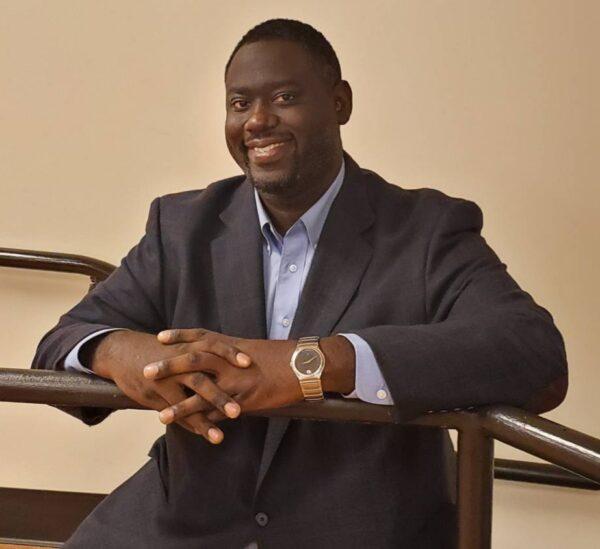
“You can target people more specifically now,” Hicks said. “The advertisers’ goal, whether it’s TV or phone or computer, they’re trying to get in front of as many eyeballs as possible as many times as possible. The number of ways to do it grows every year. So the number of ways you have to do it grows every year, too.”
Campaigns tailor their approaches to the specifics. In New York City, Neiheisel said, few political ads go on television because it’s so expensive with the enormous media market. They stick to radio for mass media, and even that’s expensive.
In the Midwest—say, in Omaha, Nebraska,—television costs are much more reasonable. But person-to-person campaigning, “the ground game,” such as knocking on doors, costs more per person reached because of the greater distances involved, Neiheisel said. In New York, with its dense population, that’s cheaper.
Tailor, Tailor, Tailor
It’s up to the campaign to figure out who they need to reach, Aho said. Going back to the example of the suburban women voters, they do research to tease not only differences between the 65- and 35-year-old women, say, but also within those groups, to find just the ones they’re trying to reach and figure out just where to reach them.Then, they can turn it over to the tech companies, Aho said. The campaigns don’t have to figure out which videos, say, their 35-year-old is watching. The tech platforms can do that.
“YouTube knows who the 35- to 40-year-old women in Pittsburgh are. The ad buyer doesn’t have to know,” Aho said. The platforms have enough data about users, like their ZIP codes and IP addresses, to find those people, and they can target ads directly to them. And just them.
There are significant efficiencies in this brave new world.
“There’s a lot less waste,” Aho said. And TV commercials cost less to produce than they once did.
Campaigns can laser in on specific people with tailored information. That pressures them, in turn, to generate more different ads. Garrett said scuttlebutt in the Atlanta TV market was that the Warnock campaign in 2020 ran 54 specific ads targeted to different subgroups.
“Ten years ago, it would have been four or five.”
Smart campaigns cut costs by adapting the same material to different media, Hicks said. He was asked by The Epoch Times how he would spend a million dollars budgeted for campaign advertising.
“That’s a great question. I would do 10 percent on digital and social media, spend 30 percent on mail, and the remainder on TV and radio.”
Campaigns can keep production costs down, Hicks said.
“You produce a video one time. You strip the audio from the TV version and run it on the radio. You take the video and do a 15-second version or a five-second version for social media. And I can take the visuals and put them on the mailer. We get the most bang for our buck.”





